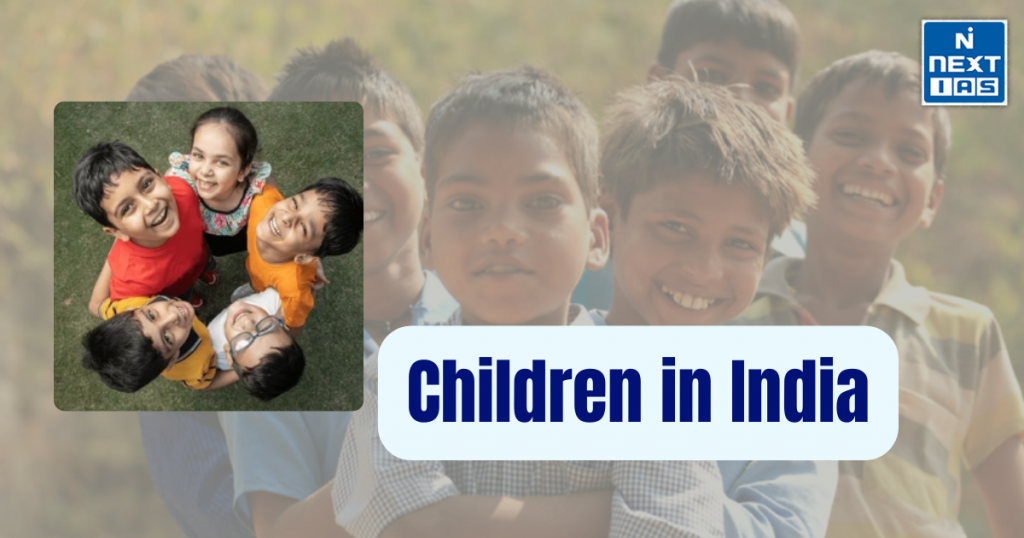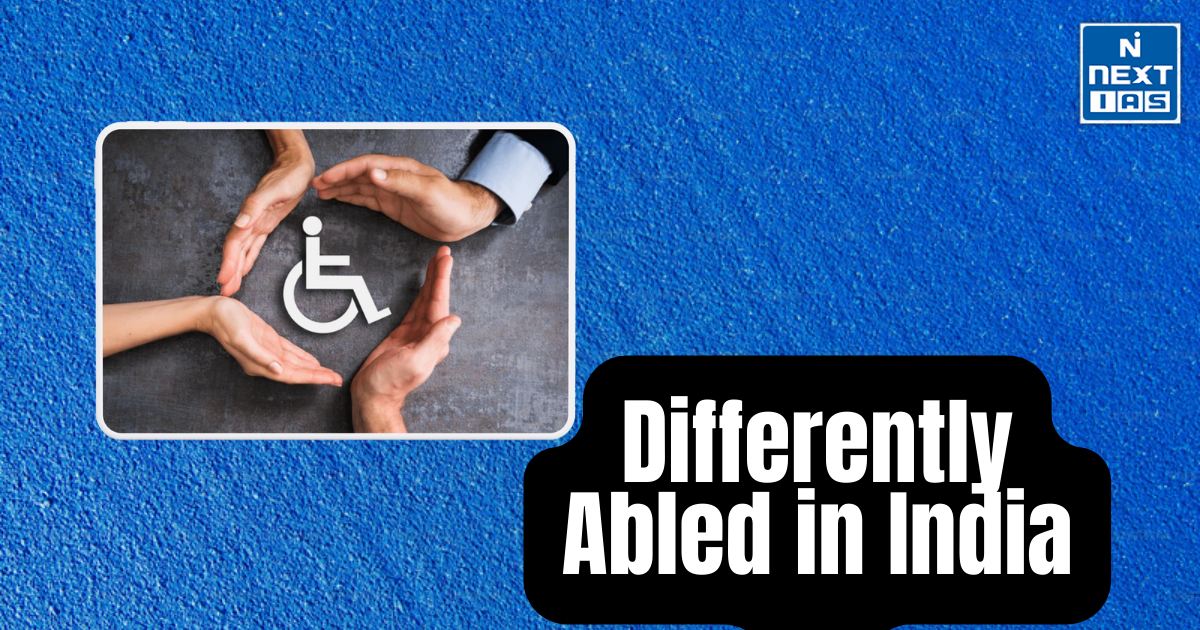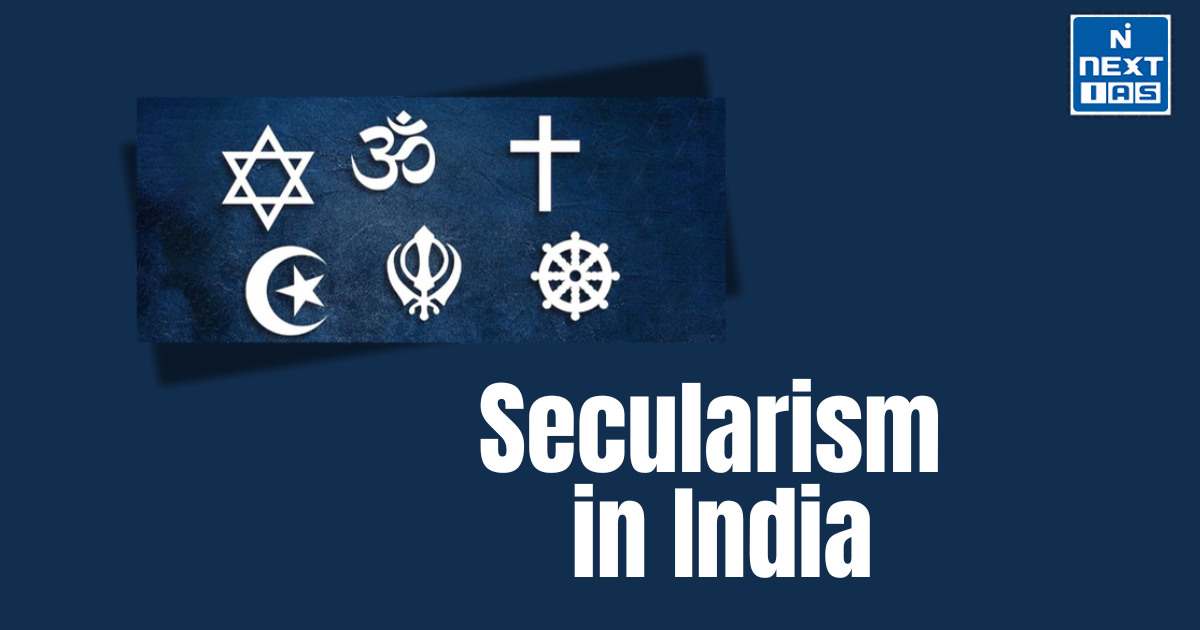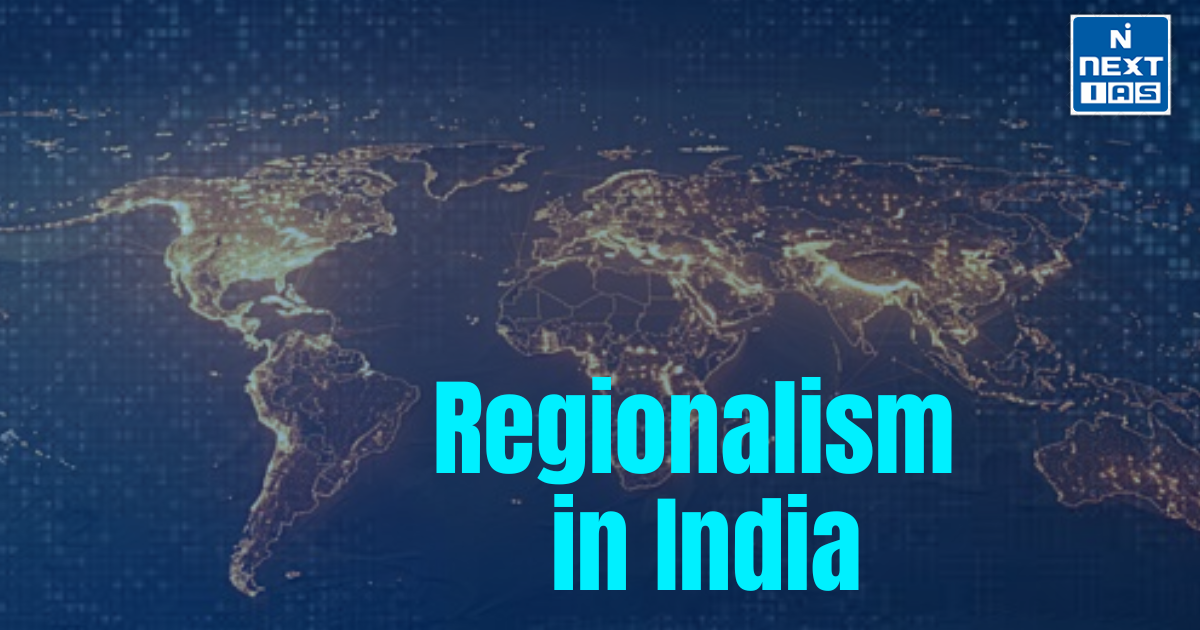
Children in India face numerous challenges, ranging from poverty and malnutrition to inadequate access to education and healthcare. Addressing these issues is crucial for ensuring their holistic development and building a brighter future for the nation. This article aims to study in detail the various issues faced by children in India and the steps taken to address them.
About Children in India
- Children are the future of any nation, and their well-being directly influences the progress and development of society.
- In India, with a population of over 1.4 billion, children constitute a significant demographic, yet they face numerous challenges.
- Addressing these issues is vital to ensuring their holistic growth and enabling them to contribute meaningfully to society.
Issues Faced by Children in India
- Poverty and Economic Inequality: A significant percentage of children live below the poverty line, lacking access to basic necessities such as food, shelter, and healthcare.
- Malnutrition remains a critical concern, with stunting, wasting, and underweight being common among children under five years.
- Education and Literacy: Despite initiatives like the Right to Education (RTE) Act, many children, especially in rural and marginalised communities, lack access to quality education.
- The dropout rate remains high, particularly among girls, due to economic constraints, societal pressures, and gender biases.
- Child Labor: According to Census data, millions of children are engaged in child labour, often in hazardous industries, depriving them of education and safe childhood.
- Child Abuse and Exploitation: Instances of physical, emotional, and sexual abuse are alarmingly high. Reports suggest that many cases go unreported due to stigma and lack of awareness.
- Trafficking of children for labour, begging, and commercial sexual exploitation is a pressing issue.
- Health and Nutrition: Access to healthcare is inadequate, especially in rural areas. Preventable diseases like diarrhoea and pneumonia continue to claim lives.
- Immunisation coverage, though improving, remains incomplete in certain regions.
- Gender Inequality: Female children face discrimination in education, healthcare, and nutrition. Practices like female infanticide, child marriage, and dowry persist in some areas.
- Impact of Technology and Digital Divide: While technology can be a powerful tool for learning, unregulated access exposes children to cyberbullying, online predators, and inappropriate content.
- A significant digital divide exists, especially during the COVID-19 pandemic, which hindered access to online education for many.
- Mental Health: Increasing academic pressures, family issues, and societal expectations contribute to mental health challenges among children.
- Awareness and access to mental health resources for children are limited.
Steps Taken to Address Children’s Issues
Legal and Policy Frameworks
- Right to Education Act (2009): Ensures free and compulsory education for children aged 6-14 years.
- Child Labor (Prohibition and Regulation) Amendment Act (2016): Prohibits employment of children under 14 years in hazardous occupations.
- Juvenile Justice (Care and Protection of Children) Act (2015): Provides care, protection, and rehabilitation for children in conflict with the law or in need of care.
Government Programs and Initiatives
- Integrated Child Development Services (ICDS): Provides food, preschool education, and healthcare to children under six years and their mothers.
- Mid-Day Meal Scheme: Aims to improve nutrition levels among school-going children.
- Beti Bachao Beti Padhao: Focuses on improving the survival, protection, and education of the girl child.
- National Nutrition Mission (POSHAN Abhiyaan): Addresses malnutrition among children, pregnant women, and lactating mothers.
Healthcare Initiatives
- Mission Indradhanush: Ensures full immunisation for all children under two years.
- Rashtriya Bal Swasthya Karyakram (RBSK): Provides early detection and intervention for diseases, deficiencies, and disabilities among children.
Awareness Campaigns
- Various campaigns aim to raise awareness about child rights, child abuse, and the importance of education.
- Collaboration with NGOs and international organisations like UNICEF has amplified efforts.
Use of Technology
- Digital platforms like DIKSHA and ePathshala have been introduced to enhance access to quality education.
- Helplines like Childline (1098) provide support for children in distress.
Solutions to Address Children’s Issues
- Environmental Challenges: Children are highly vulnerable to the effects of climate change, such as natural disasters, displacement, and poor air quality.
- Policies should include child-centric approaches to environmental sustainability and disaster management.
- Cultural and Regional Disparities: Cultural practices and regional disparities contribute to unequal opportunities for children.
- Tailored interventions are needed to address region-specific challenges.
- Children in Conflict Zones: In regions affected by conflict or insurgency, children face displacement, loss of family, and disruption of education.
- Rehabilitation programs and psychological support are crucial for these children.
- Role of Media: Media can be a powerful tool to highlight children’s issues and promote positive change.
- However, the media must ensure ethical reporting to avoid exploitation or sensationalism.
- Role of Civil Society and International Organizations: NGOs and global organizations like UNICEF, Save the Children, and CRY have been pivotal in addressing children’s issues through advocacy, funding, and on-ground implementation of programs.
Way Forward
- Strengthening Policy Implementation: Effective implementation of existing laws and schemes is essential, along with regular monitoring and evaluation.
- Public-Private Partnerships: Collaboration between governments, private entities, and civil society can bring innovative solutions and resources.
- Community Engagement: Involving local communities in awareness campaigns and decision-making ensures grassroots impact.
- Focus on Mental Health: Establish dedicated mental health programs and counselors in schools.
- Bridging the Digital Divide: Enhance digital infrastructure and provide affordable devices and internet connectivity to underprivileged children.
- Inclusion of Children in Policy Making: Platforms should be created for children’s voices to be heard in decisions that affect them.
Conclusion
Ensuring the welfare and development of children is not just a moral obligation but also a strategic imperative for building a resilient and prosperous nation. While India has made commendable progress in addressing children’s issues, challenges remain. A holistic, inclusive, and child-centric approach is essential to empower every child to reach their full potential. By addressing these issues comprehensively, India can truly ensure a brighter future for its youngest citizens.
GS - 2





